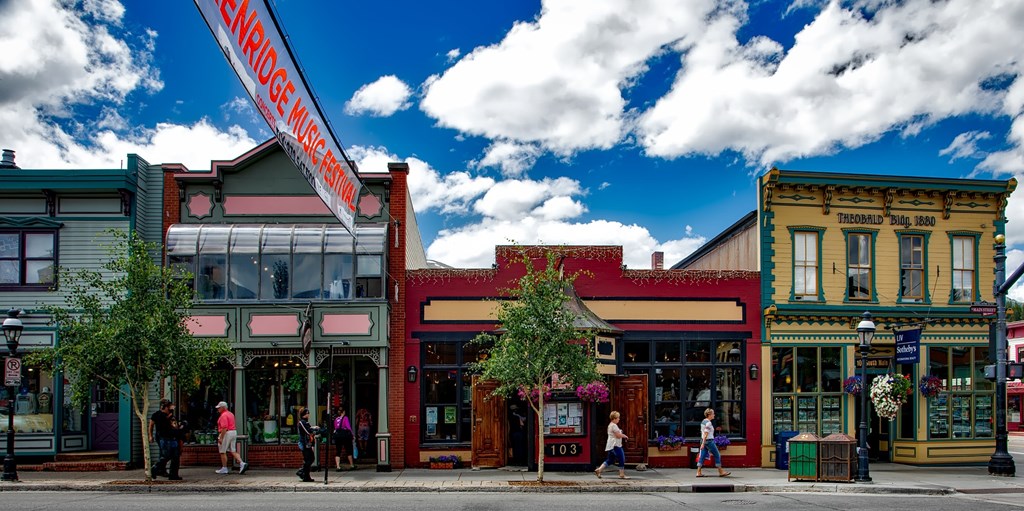How a U.S. Town Solved Their Opioid Problem

A problem too great to solve, some say. Not for the people of Little Falls, Minn., who have been credited with solving their community’s plaguing opioid misuse.
An in-depth article from BuzzFeed News, journalist Dan Vergano reports: “This small town has managed, in just five years, to curb its drug epidemic — a rare feat in a country where overdose deaths continue to rise, with more than 70,000 last year alone.”
The town — population 8,700 — didn’t do anything earth shattering to remedy their opioid epidemic. They took $1.4 million in state grants since 2014 and wisely spent it on measures that make a real difference.
They limited prescription painkiller refills.
They expanded access to medication-assisted treatment programs.
They placed users in treatment programs rather than jail.
“In other words, they began treating addiction as a disease instead of a crime,” the reporter wrote.
The town’s simple measures showed significant success. “Emergency room visits to obtain painkillers fell from the top occurrence to out of the top 20 within six months after the hospital started monitoring prescriptions. There are now 100 patients on addiction medication at St. Gabriel’s [Hospital], and 626 people have been tapered off opioids.”
Drug policy expert Brendan Saloner of the Johns Hopkins School of Public Health told BuzzFeed News, as cited in the article, that he’s unsure why more places aren’t offering coordinated care like the community of Little Falls, Minn.
“Every place will have to do those things its own way, and do it a little different,” Saloner was quoted in the news article. “But some things are, bottom line, starting with getting people into treatment and treating this like an epidemic.”
The New Season Treatment Center of St. Cloud, just 30 miles north of Little Falls, proudly supports the people of Minnesota in helping them to overcome opioid use disorder.
If you or someone you love could benefit from this care, please contact us at 1-877-284-7074 or newseason@cmglp.com.

